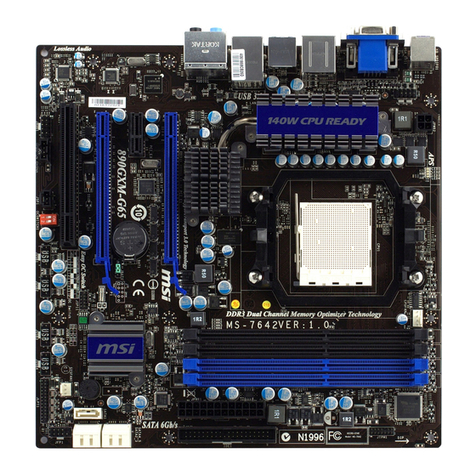MSI MS-5187 User manual
Other MSI Motherboard manuals

MSI
MSI B550M PRO/ A520M PRO User manual
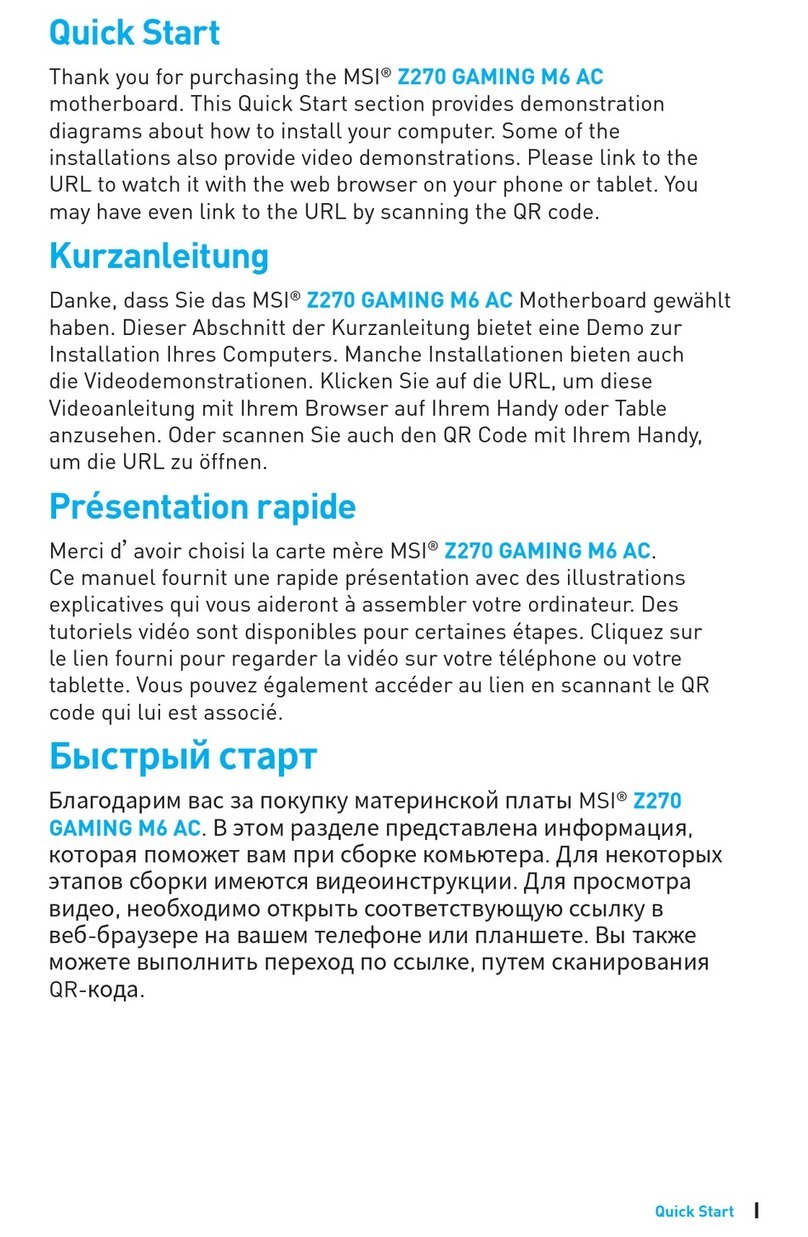
MSI
MSI Z270 GAMING M6 AC User manual

MSI
MSI G45 Instructions for use
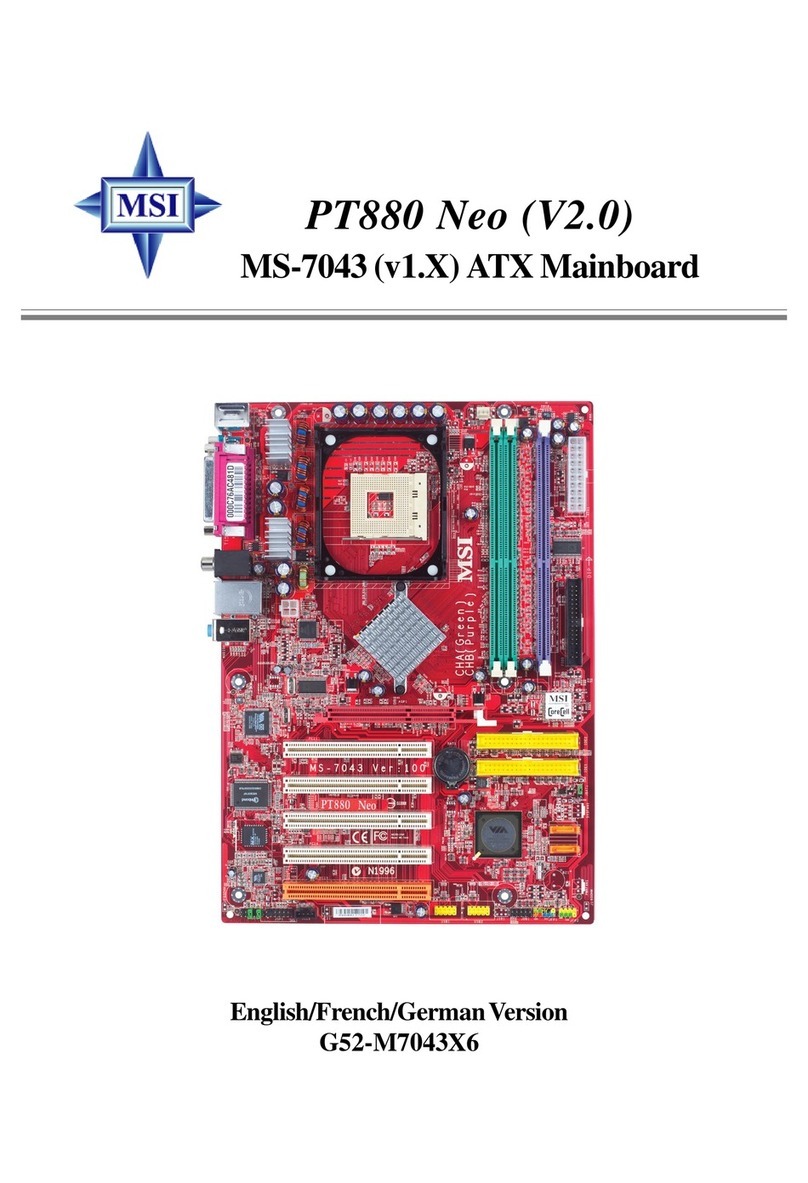
MSI
MSI PT880 - Neo-FSR Motherboard - ATX User manual

MSI
MSI K8N Diamond User manual
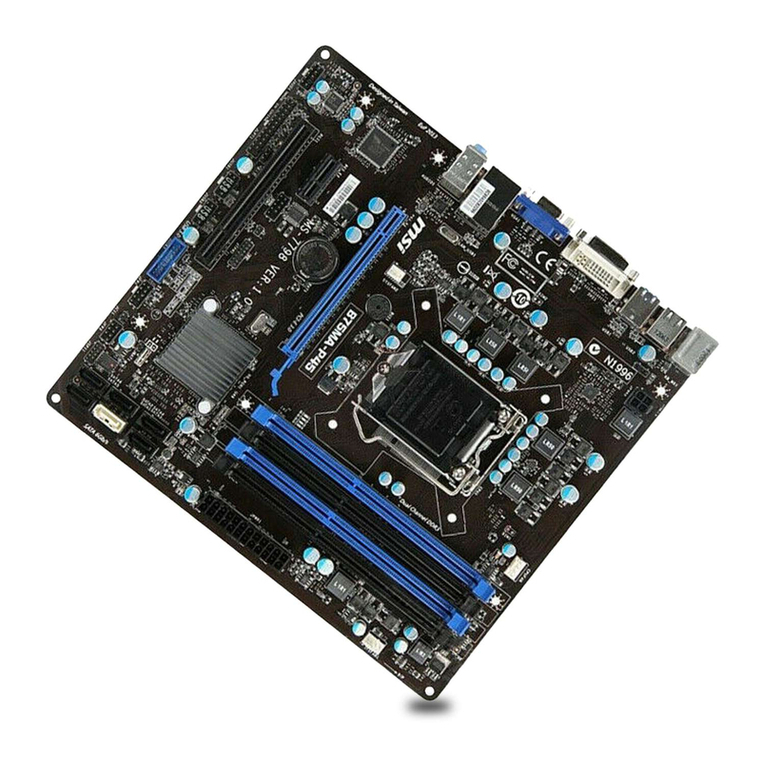
MSI
MSI MS-7798 (v2.x) User manual
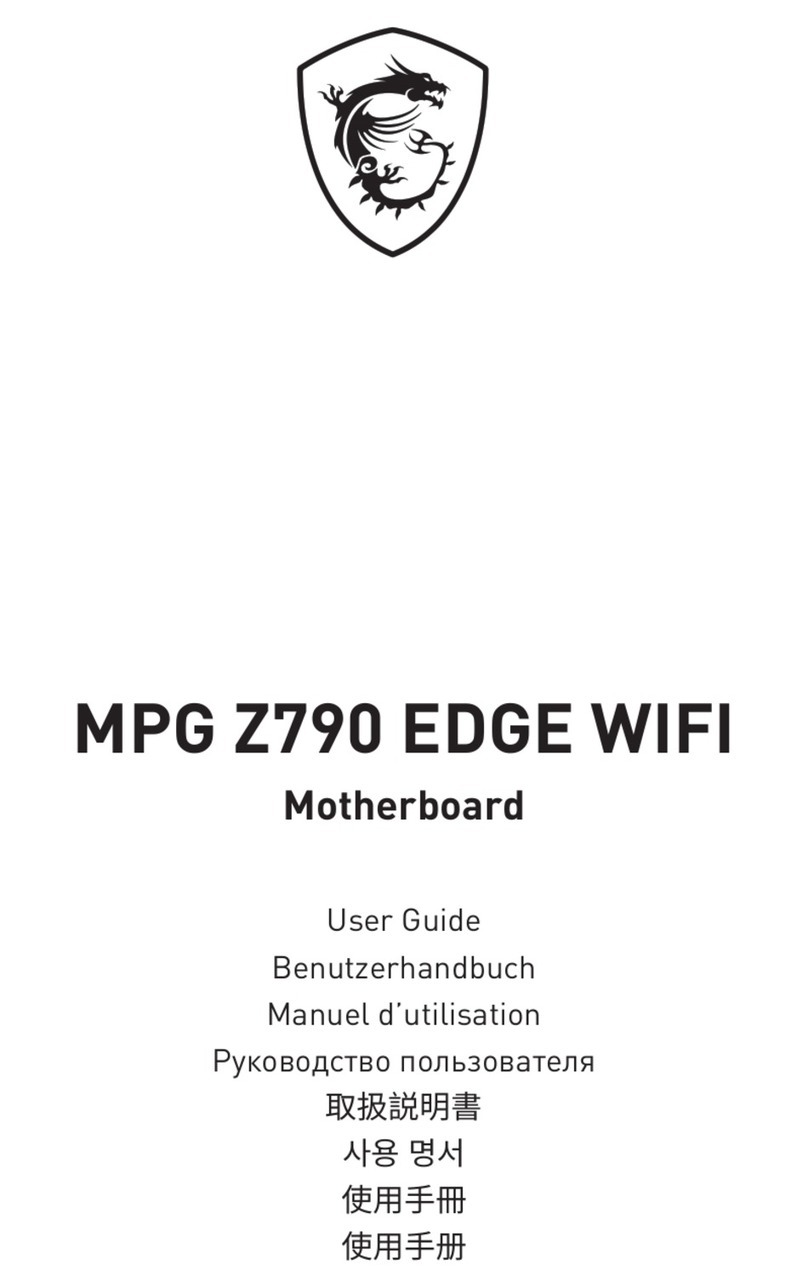
MSI
MSI MPG Z790 CARBON WIFI User manual

MSI
MSI B150M NIGHT ELF User manual
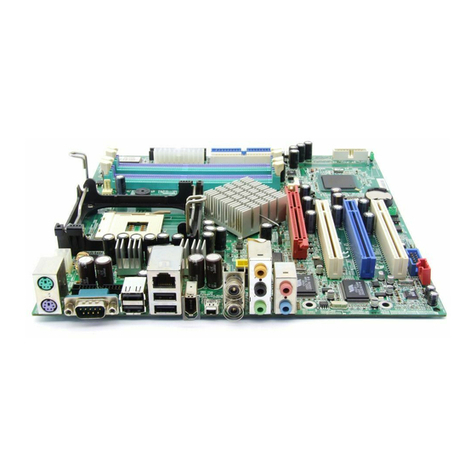
MSI
MSI MS-6747 User manual
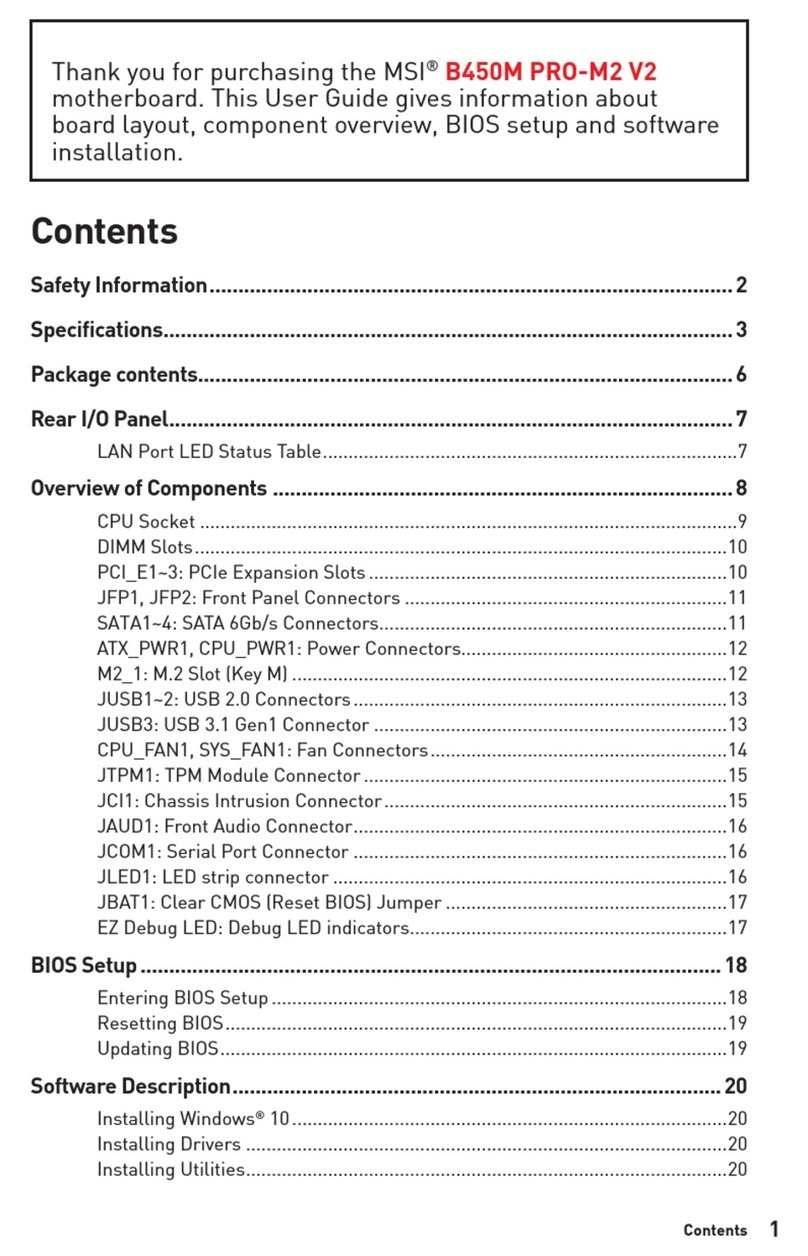
MSI
MSI B450M PRO-M2 V2 User manual
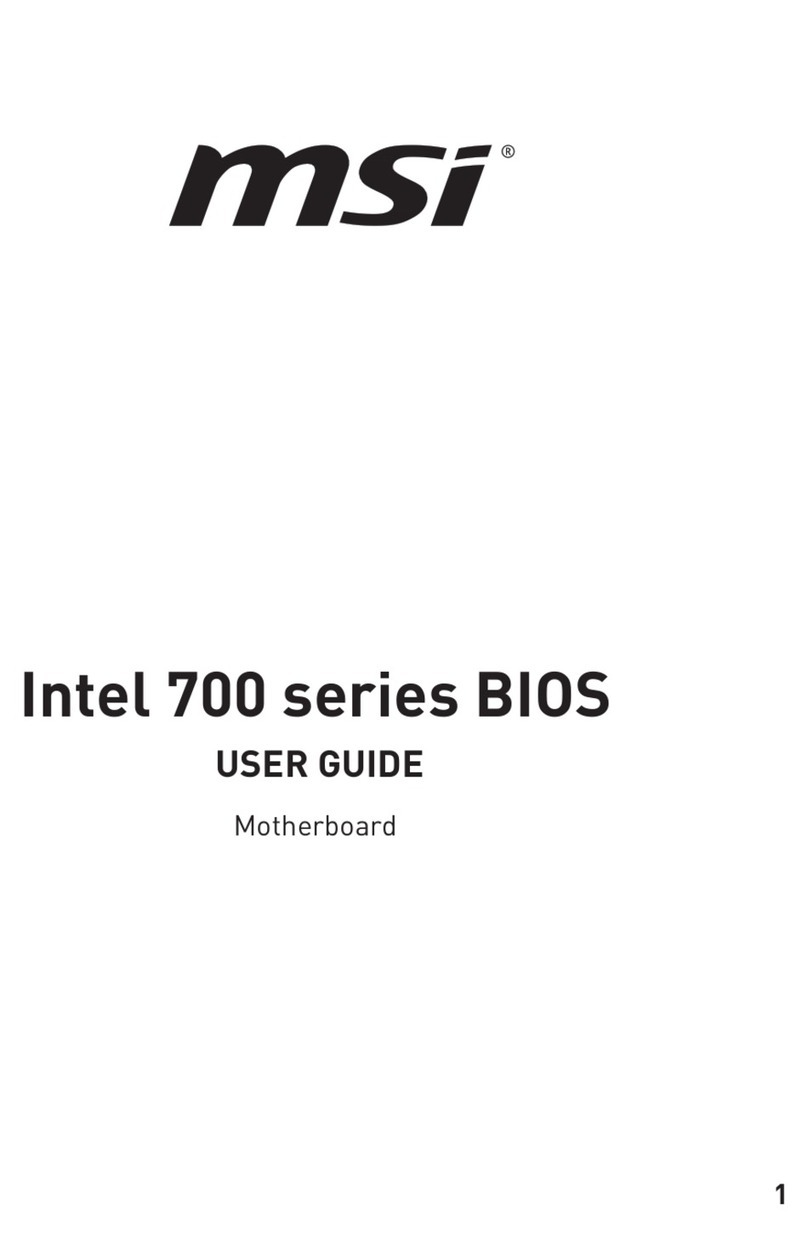
MSI
MSI Intel 700 BIOS Series User manual
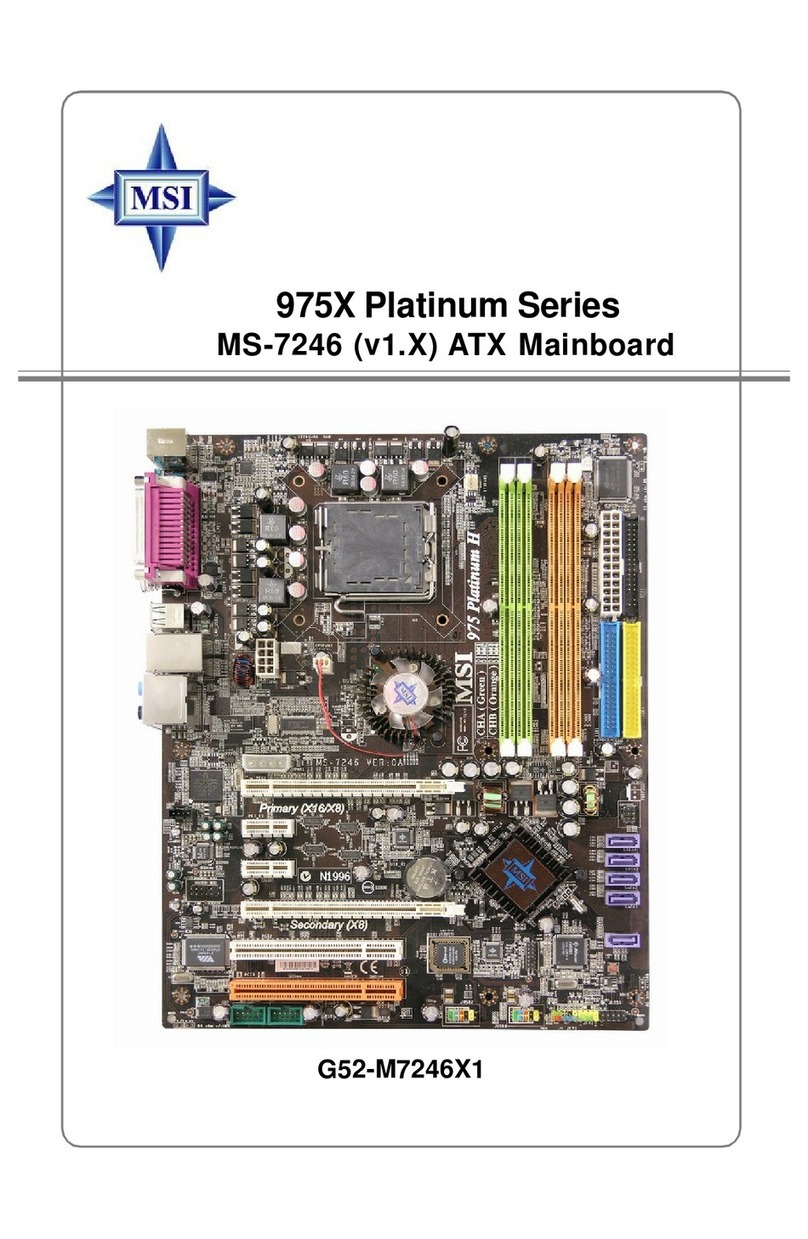
MSI
MSI G52-M7246X1 User manual
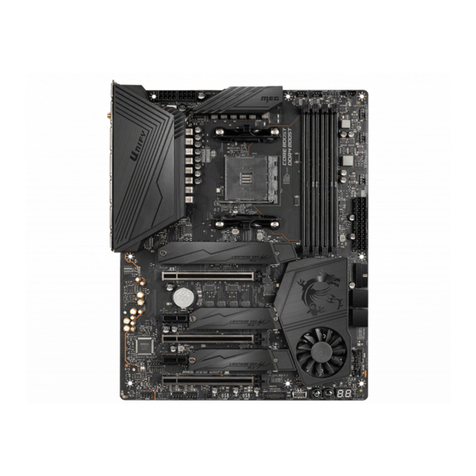
MSI
MSI MEG X570 UNIFY User manual
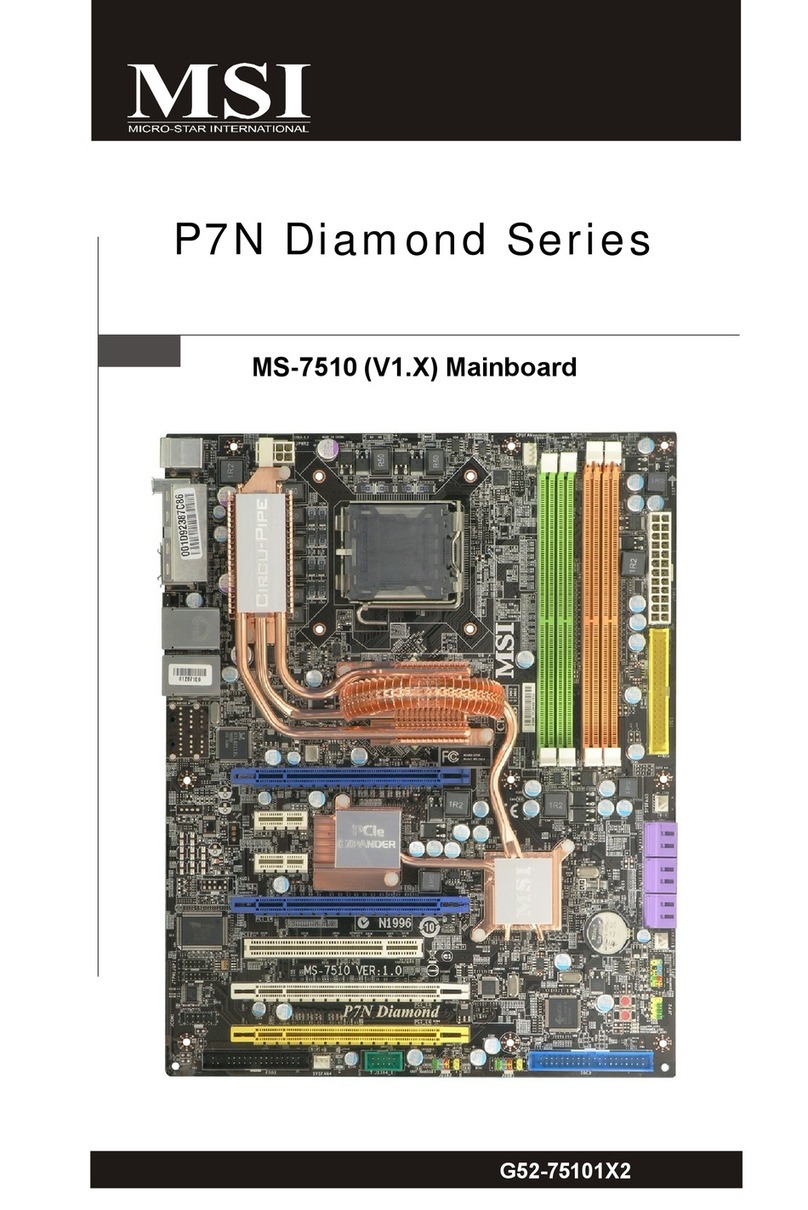
MSI
MSI P7N DIAMOND - Motherboard - ATX User manual
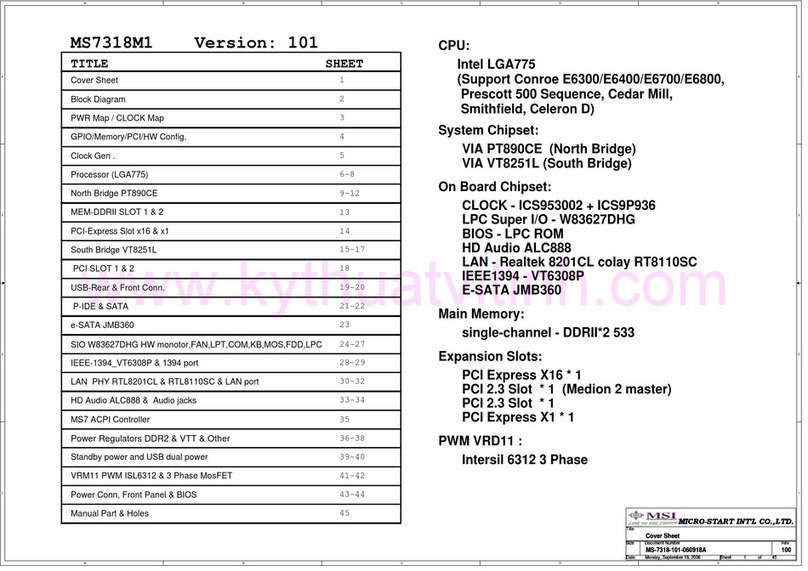
MSI
MSI MS7318M1 User manual
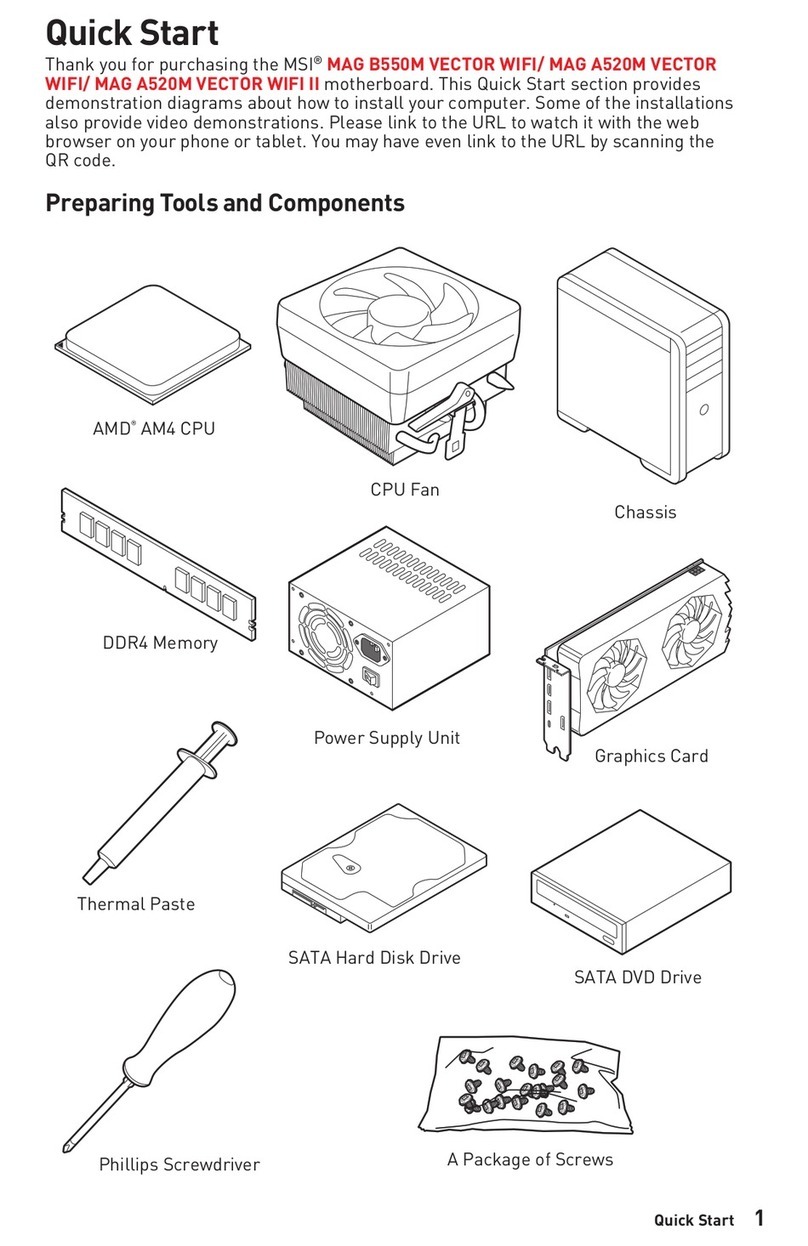
MSI
MSI MAG A520M VECTOR WIFI User manual

MSI
MSI 815 PRO User manual

MSI
MSI PRO B760-P WIFI User manual
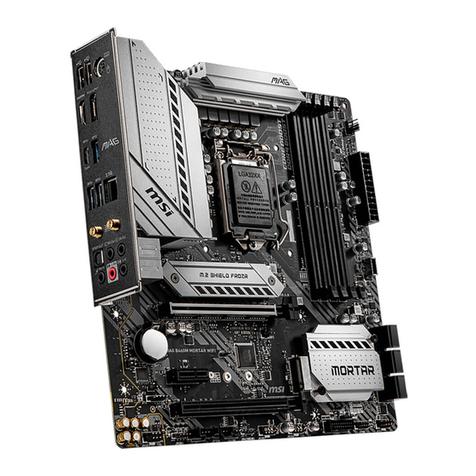
MSI
MSI MAG B460M MORTAR WIFI User manual
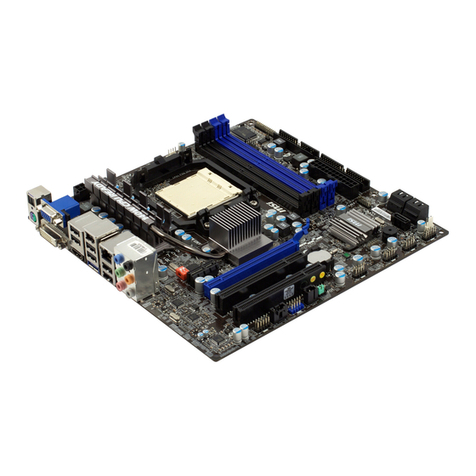
MSI
MSI 785GT-E63 Series User manual
